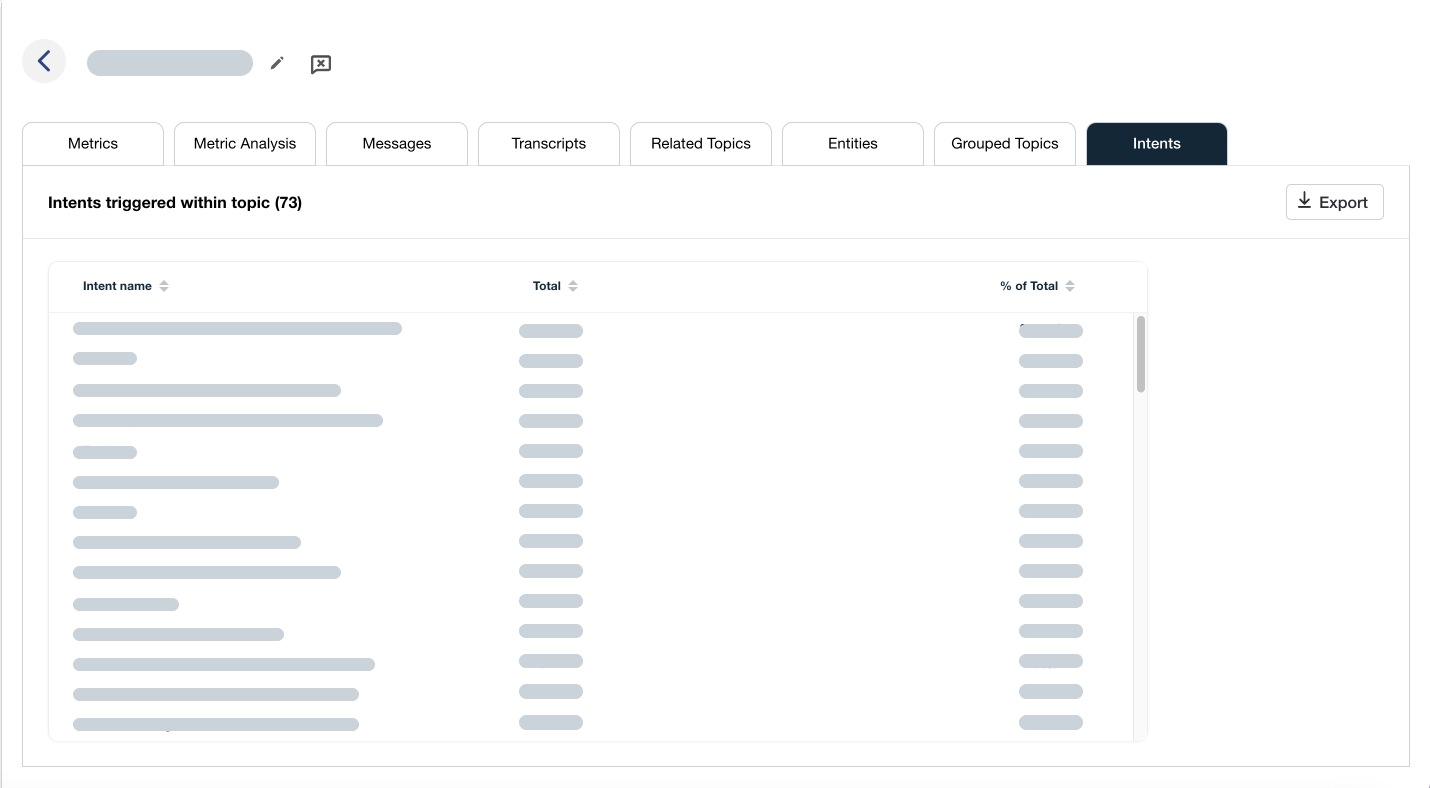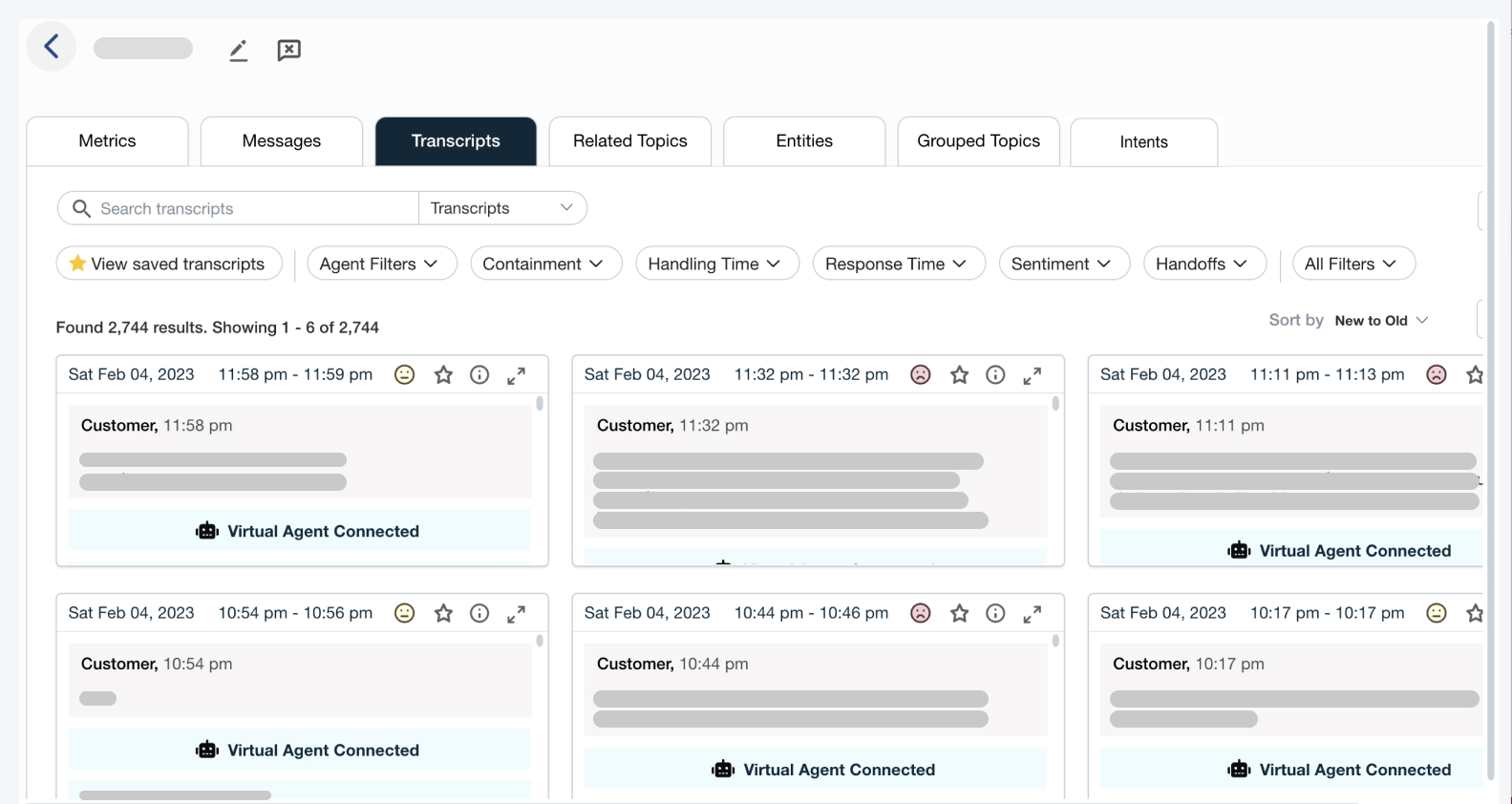Use WFM to identify and improve performance centers
Use WFM to identify and improve performance centers

Organizations with customer relations today are facing challenges of growing demand and more complex customer requests while, at the same time, they’re searching for more efficient ways to combine great customer service and operational efficiency. As such, analyzing operations and processes would benefit from the use of various sets of tools. In this post, we will present the main areas that Workforce Management (WFM) can help highlight.
The core of the WFM process chain revolves around three main areas:
- Forecasting accurately what the need for customer servicing will be in terms of workload
- Scheduling the available resources to provide the right resources at the right time.
- Piloting production to ensure the service is provided with the best conditions
If a contact center succeeds in precisely forecasting the workload for the various skills sets, schedule resources accordingly and ensure close monitoring of scheduled activities in production, operational efficiency will be optimized at the end point of customer service delivery.
If aiming to perfect all three areas simultaneously sounds like a good way to go, striving to find a balanced improvement process among deployed efforts will be a key vector for improving the overall contact center’s performance. For example, should I invest more resources in improving my already, very good forecasting accuracy to make it as close to perfect as possible or will this result only if I succeed in improving my schedule adherence that’s suffering from a dip in early morning peaks? Where should I act first for the best results at a minimum cost?
Weighing areas that need to be addressed first is a sensitive process, requiring a clear, benchmarked view of the overall target and the impacting parameters entering in the equation. With WFM tools, you can monitor, measure and carry out simulations in order to test and evaluate the range of parameters so as to identify those that are key to your organization’s performance.
Some useful tracks to consider:
Forecasting
- Analyze the history of calls, chats, and contacts to identify trends affecting seasonality.
- Visualize the impact of a new product launch or invoicing error of call volumes of related skills, marking these events to note the contact-distribution patterns.
- Update forecasts as frequently as possible to have the best view of reality, communicating this to the resource-planning team.
- Use various scenarios to consider different work-load variations and have them ready for rapid response, if necessary.
Scheduling
- Approach resource scheduling in line with agent availability and preferences, using fixed staff as much as possible before turning to temporary or hourly employees.
- Optimize activities within days when parameters, such as high sick leave or a surge in calls, occur suddenly.
- Try out different shift configurations with pilot groups.
- Systematically scheduling experienced agents during peak times might seem efficient since they deliver promptly but subjecting them to a stressful environment may cause attrition.
Piloting production
- Communicate and render supervisors and agents sensitive to KPIs that make your contact center successful.
- Get agents involved in following KPIs, for example, by organizing competitions based on schedule adherence.
- Bolster competitive spirit by rewarding high performers, allowing them, for example, to choose a preferred type of work shift.
- Be reactive in case of alerts of non-adherence to scheduled activities.
For more information and good practices on how to get agents involved in the WFM process, visit the Calabrio blog entry Get your agents on board









